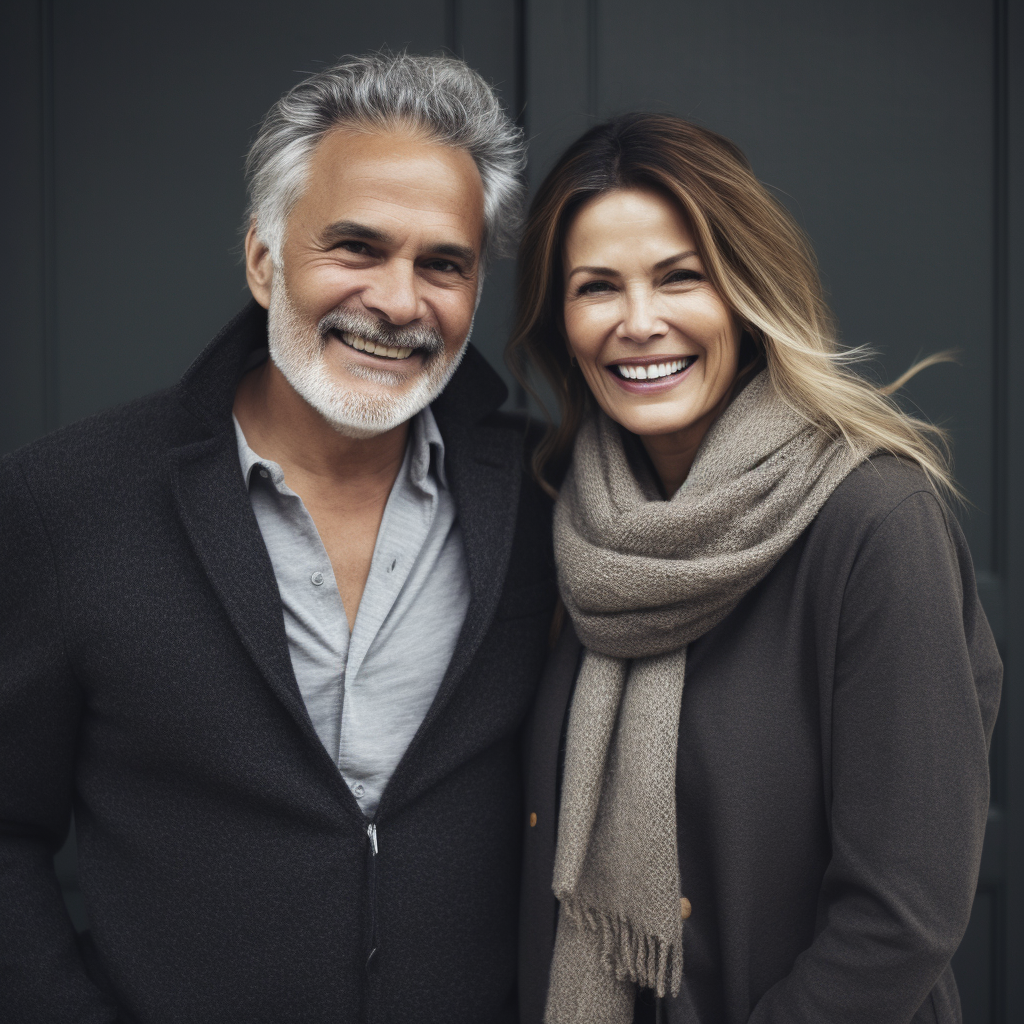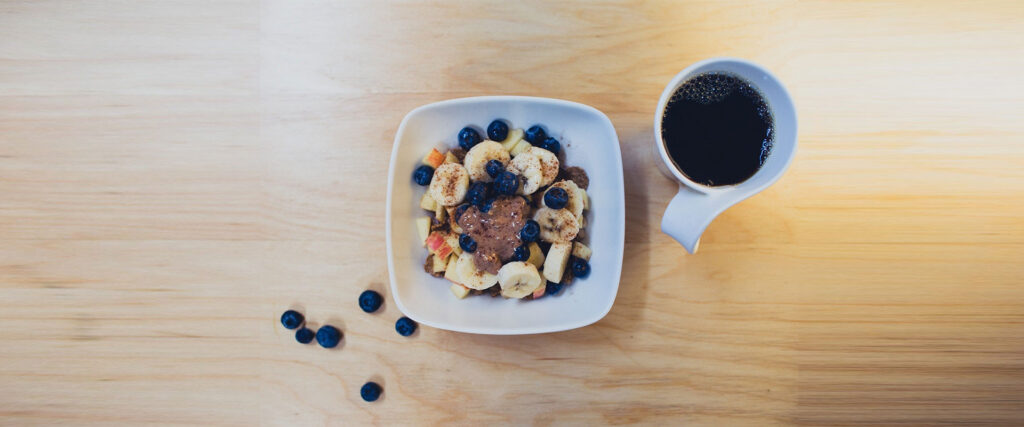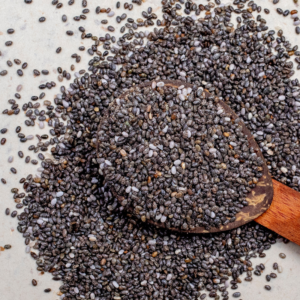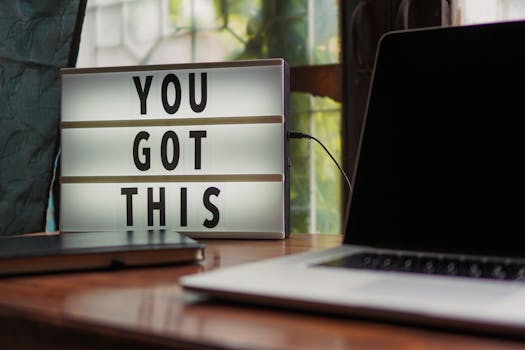
Congratulations on approaching your goal weight! As this milestone nears, it’s not just about the numbers on the scale but the incredible discoveries you’ve made throughout this journey. Let’s delve into what you’ve learned and how it can shape your ongoing relationship with food.
What Are You Learning?
- Sustaining Positive Feelings
- Understanding Portion Control
- Your Body’s Needs
- Planning for Long-Term Success
Sustaining Positive Feelings

How Has Your Weight Reduction Affected You Mentally
Perhaps one of the most enlightening revelations has been recognizing how different your new weight influences how you feel physically and emotionally. Does your body hurt less or do you feel you can move better? Has your self-image improved? Are you happier about yourself? Embrace your new health and positivity! You have earned it! And just think that under all of these noticeable improvements, your entire body systems are also quietly improving your long term health.
Sustaining Positive Feelings
As you edge closer to your goal, sustaining these positive successes is a vital focus. The question arises: how can you maintain this healthier relationship with food? It’s about turning these newfound lessons into daily practices. Embracing mindful eating habits, choosing a variety of nutritious foods, and planning meals thoughtfully, are a few of the steps toward this sustainability. Pay attention to what is working and embrace it. Make these into habits now.
Understanding Portion Control and Your Body's Needs

Another crucial aspect you’ve explored is the balance between how much you eat and what your body truly needs. Portion control isn’t about deprivation—it’s about tuning into your body’s signals. You’ve learned to differentiate between satisfying hunger and overeating, cultivating a more harmonious approach to eating.
Typical plate meal plate size:
Early 1900s: 8-9 inches
Mid-1900s: 9-10 inches
Late 1900s: 10-11 inches
Early 2000s: 11-12 inches or larger
Try using smaller plates to help with portion control. Try measuring your food to get a more accurate idea of how much you are eating.

Your Body's Needs
Calculating the exact number of calories someone needs is a complex process that involves several factors:
Basal Metabolic Rate (BMR): This is the number of calories your body burns at rest. It’s influenced by factors like age, weight, height, and gender.
Physical Activity: The more active you are, the more calories you’ll burn. This includes exercise, but also daily activities like walking, climbing stairs, or doing chores.
Thermic Effect of Food (TEF): Your body burns calories to digest, absorb, and process food.
Individual Variations: Factors like genetics, hormones, and medical conditions can also influence calorie needs.

Planning for Long-Term Success
Now, as you approach your goal, the focus shifts to internalize these lessons for the long term. It’s about weaving these insights into your lifestyle—maintaining mindful practices, incorporating enjoyable physical activities, and continuing to prioritize a balanced diet.
Remember, this journey isn’t just about reaching a number on the scale. It’s about cultivating a sustainable, healthier relationship with food that nourishes both your body and mind. You’ve laid the groundwork—now, it’s about embracing these lessons as part of your ongoing journey toward wellness.
Keep up the incredible work, and remember, it’s not just about the destination—it’s about the fulfilling path you’ve chosen to take.

